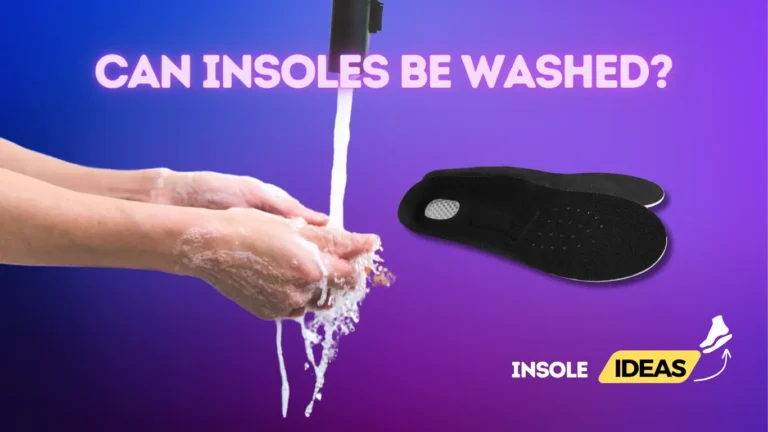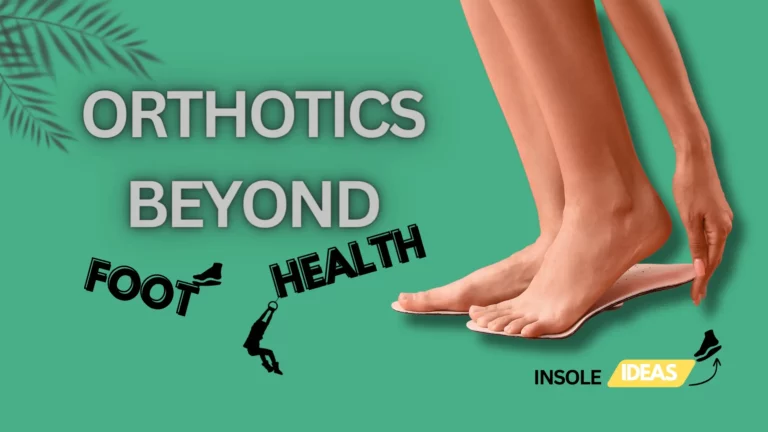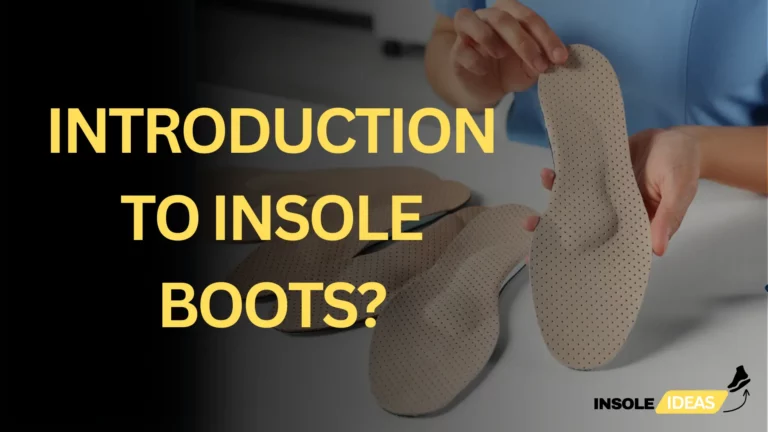Types of LLD and Their Requirements
Leg Length Discrepancy (LLD) refers to a condition where one leg is shorter than the other, leading to an inequality in leg length. This discrepancy can result from various factors, including congenital issues, injuries, bone diseases, or surgeries that affect growth plates. Sometimes, it might go unnoticed for years, causing postural imbalances or gait abnormalities. The impact of LLD on health and functionality can be significant. It often leads to musculoskeletal problems, including lower back pain, hip discomfort, and even knee or ankle issues due to the body’s compensatory mechanisms.
Insole Usage for LLD
Purpose of Insoles
Insoles are orthotic devices designed to address biomechanical discrepancies, including LLD. They aim to provide support, stability, and alignment to the feet, thereby minimizing the impact of leg length inequality on the body’s posture and movement.
Types of LLD and Their Requirements
LLD can manifest as either structural (anatomical) or functional (mechanical). Structural LLD involves a physical difference in bone length, while functional LLD arises from factors like muscle imbalances or joint issues. Insoles for LLD management vary based on the type and severity of the condition.
Mechanics of Insoles in Correcting LLD
Insoles function by redistributing pressure, providing cushioning, and adjusting the biomechanics of walking or standing. They compensate for the leg length difference, helping maintain a more balanced posture and gait.
Design and Functionality of Insoles
Materials Used in Insoles
Various materials, like foam, gel, or specially molded polymers, can be used to make insoles. Each material offers different levels of support, cushioning, and durability, catering to individual needs.
Custom vs. Off-the-Shelf Insoles
Custom insoles are tailored to the specific contours of an individual’s foot, providing personalized support. Off-the-shelf insoles come in standard sizes and are more readily available but might offer generalized support.
Features that Address LLD
Insoles designed for LLD often incorporate heel lifts, wedges, or adjustable components to compensate for the leg length difference and restore proper alignment. These features aim to alleviate discomfort and improve functionality for the user.
Assessing and Diagnosing LLD
Clinical Evaluation and Measurement Techniques
Professionals use various methods to diagnose LLD, including measuring limb lengths directly using imaging techniques like X-rays or employing simple yet accurate methods like tape measures. Clinical assessments often involve observing gait patterns and assessing any associated symptoms.
Importance of Professional Assessment
Accurate diagnosis by a healthcare provider specializing in orthopedics or podiatry is crucial. Professional assessment ensures a comprehensive understanding of the discrepancy’s nature, severity, and its impact on the individual’s musculoskeletal health.
Using Insoles for LLD Management
Fitting Process and Adjustment
Fitting insoles for LLD involves precise measurements and considerations. A professional assesses the individual’s feet and gait to determine the appropriate type and size of the insole. Adjustments may be necessary to fine-tune the fit and effectiveness.
Adapting to Insoles: Expectations and Challenges
Adapting to insoles for LLD management requires patience. Initially, individuals might experience discomfort or alterations in their gait. However, gradual adaptation and consistent usage typically improve comfort and functionality.
Monitoring Progress and Adjustments
Monitoring progress requires periodic follow-ups with medical professionals. Adjustments to the insoles might be needed as the body adapts or if the discrepancy changes over time due to growth, injury recovery, or other factors.
Additional Considerations
Complementary Therapies or Interventions
In addition to insoles, complementary therapies such as physical therapy, stretching exercises, or shoe modifications might enhance the effectiveness of LLD management.
Lifestyle Adjustments for Better Efficacy
Individuals managing LLD might benefit from lifestyle adjustments, including appropriate footwear, ergonomic changes, or avoiding activities that exacerbate the condition.
Long-Term Implications and Follow-up
Long-term implications of LLD management involve consistent monitoring and follow-up appointments to address any changes or developments in the condition and ensure the continued efficacy of the chosen management approach.
Conclusion
Insoles play a pivotal role in managing LLD, offering a non-invasive and effective means to address the discrepancy’s impact on posture and movement. Advancements in insole technology continue to refine and personalize these orthotic devices, promising improved outcomes for individuals managing LLD. The future holds potential advancements in materials, design, and customization, enhancing their efficacy and comfort for users.



